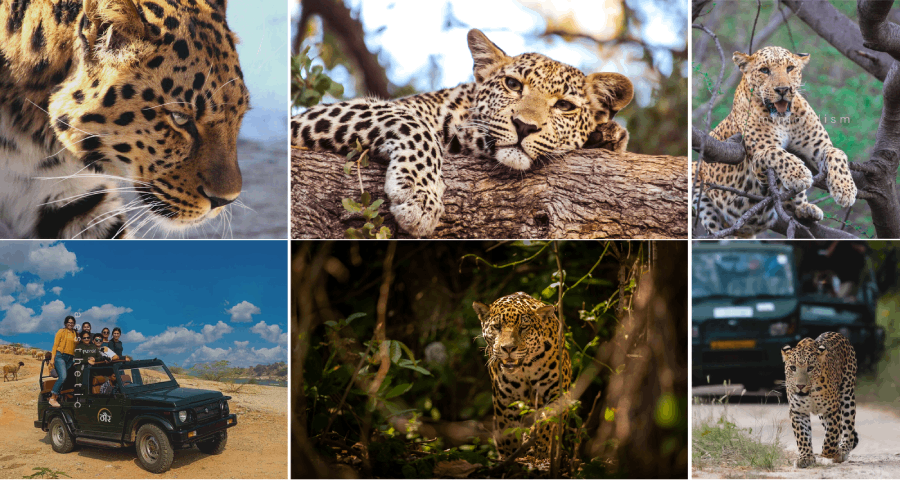Flora
Kanha Tiger Reserve is blessed with a rich and diverse flora, encompassing various ecosystems within its boundaries. The reserve showcases a blend of sal and mixed deciduous forests, lush meadows, bamboo groves, and enchanting water bodies. It is home to over 600 plant species, including approximately 300 tree species, 40 shrub species, and 20 grass species.
One of the prominent tree species in Kanha Tiger Reserve is the sal tree (Shorea robusta), which dominates the landscape and provides a canopy for the forest. Other notable tree species include the mahua tree (Madhuca longifolia), Indian ghost tree (Kullu sal), flame of the forest (Butea monosperma), Indian gooseberry (Emblica officinalis), axlewood (Anogeissus latifolia), and many more.
The reserve also boasts an abundance of fruit-bearing trees, such as the banyan tree (Ficus bengalensis), Indian fig tree (Ficus racemosa), wild mango tree (Mangifera indica), and jamun tree (Syzygium cumini). These trees provide sustenance and shelter for a variety of bird species.
The grasslands of Kanha Tiger Reserve are crucial for the herbivore population. They consist of various grass species, including the famous bamboo species known as "baans" (Dendrocalamus strictus). The bamboo groves play a vital role in maintaining the ecological balance and providing food and habitat for many wildlife species.
Fauna
Kanha Tiger Reserve is renowned for its thriving wildlife, including the majestic Bengal tiger, which is the star attraction of the reserve. The reserve is home to a diverse array of fauna, with over 40 mammal species documented.
Apart from the Bengal tiger, other notable large carnivores found in Kanha Tiger Reserve include leopards, Indian wild dogs (dholes), and sloth bears. The reserve also supports a healthy population of herbivores, including spotted deer (chital), sambar deer, barasingha (swamp deer), and Indian bison (gaur).
Additionally, Kanha Tiger Reserve is inhabited by smaller mammals such as striped hyenas, Indian foxes, golden jackals, Indian porcupines, Indian pangolins, Indian gray mongooses, and various species of squirrels.
The reserve is also a paradise for bird enthusiasts, with over 300 species of birds recorded. Some of the notable avian species found in Kanha Tiger Reserve include the Indian roller, Malabar pied hornbill, red junglefowl, crested serpent eagle, and the endangered lesser adjutant.
Kanha Tiger Reserve's diverse and abundant fauna ensures that every safari is a captivating experience, offering visitors a chance to witness the beauty and intricacies of the natural world.







